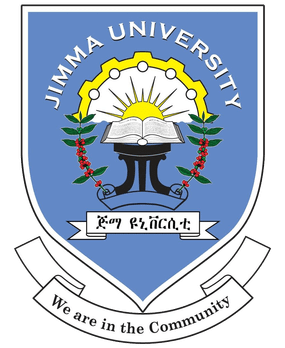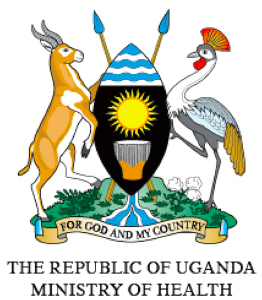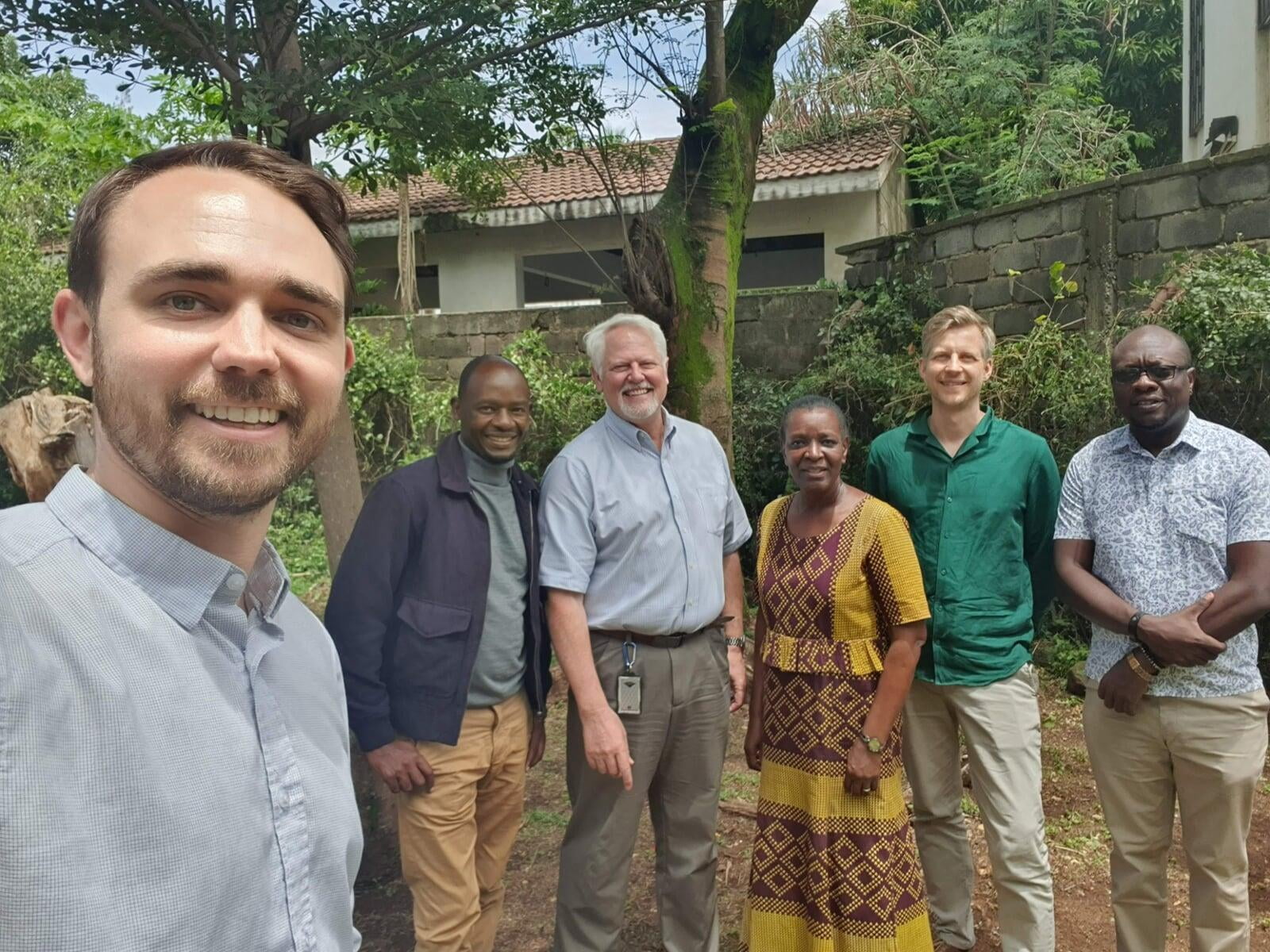News from Enaiblers
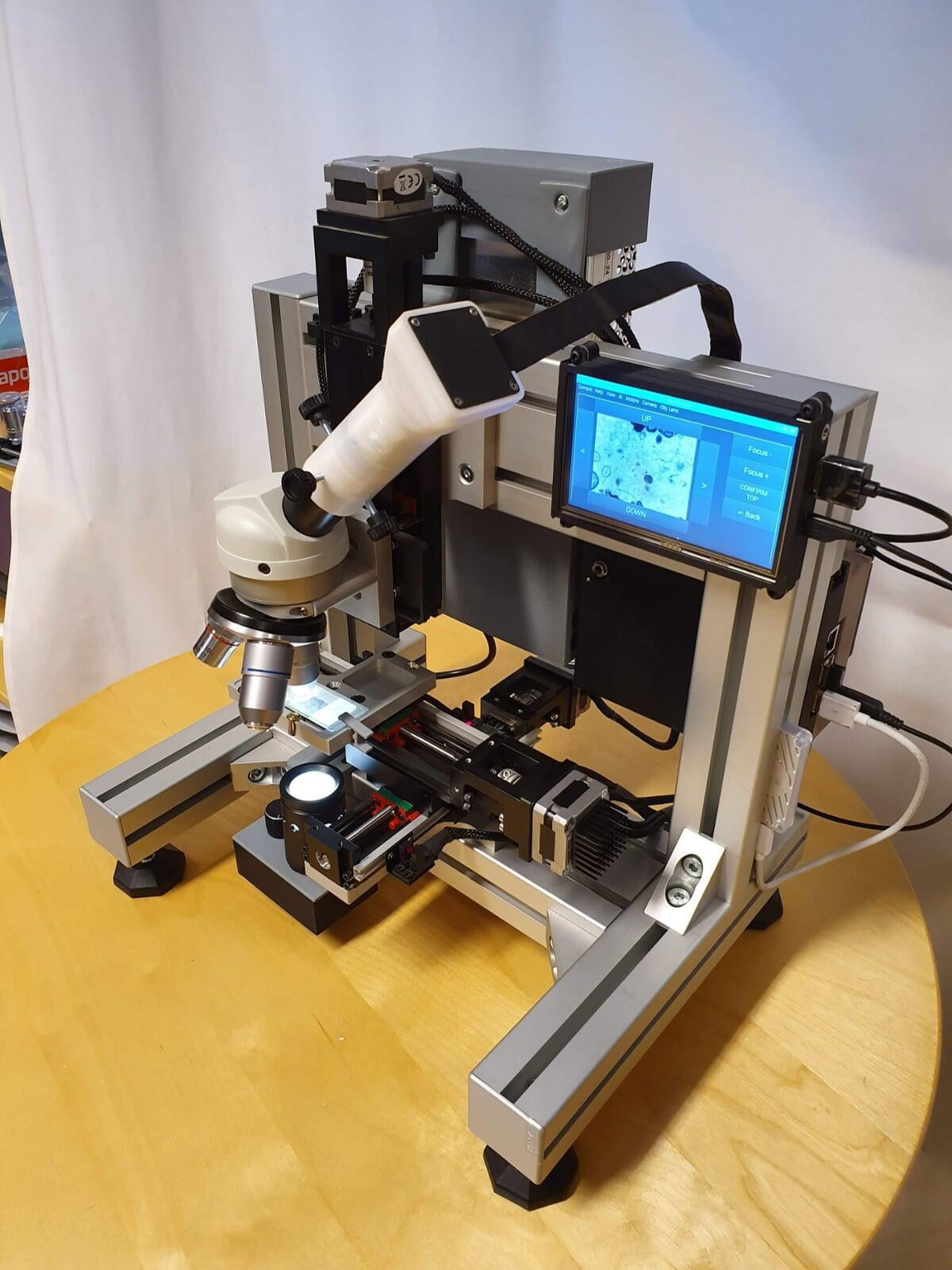
Diagnosis of soil-transmitted helminth (STH) and schistosome infections relies largely on conventional microscopy which has limited sensitivity, requires highly trained personnel and is error-prone. Rapid advances in miniaturization of optical systems, sensors and processors have enhanced research and development of digital and automated microscopes suitable for the detection of these diseases in resource-limited settings. While some studies have reported proof-of-principle results, others have evaluated the performance of working prototypes in field settings. The extensive commercialization of these innovative devices has, however, not yet been achieved. This review provides an overview of recent publications (2010–2022) on innovative field applicable optical devices which can be used for the diagnosis of STH and schistosome infections. Using an adapted technology readiness level (TRL) scale taking into account the WHO target product profile (TPP) for these diseases, the developmental stages of the devices were ranked to determine the readiness for practical applications in field settings. From the reviewed 18 articles, 19 innovative optical devices were identified and ranked. Almost all of the devices (85%) were ranked with a TRL score below 8 indicating that, most of the devices are not ready for commercialization and field use. The potential limitations of these innovative devices were discussed. We believe that the outcome of this review can guide the end-to-end development of automated digital microscopes aligned with the WHO TPP for the diagnosis of STH and schistosome infections in resource-limited settings.
Research
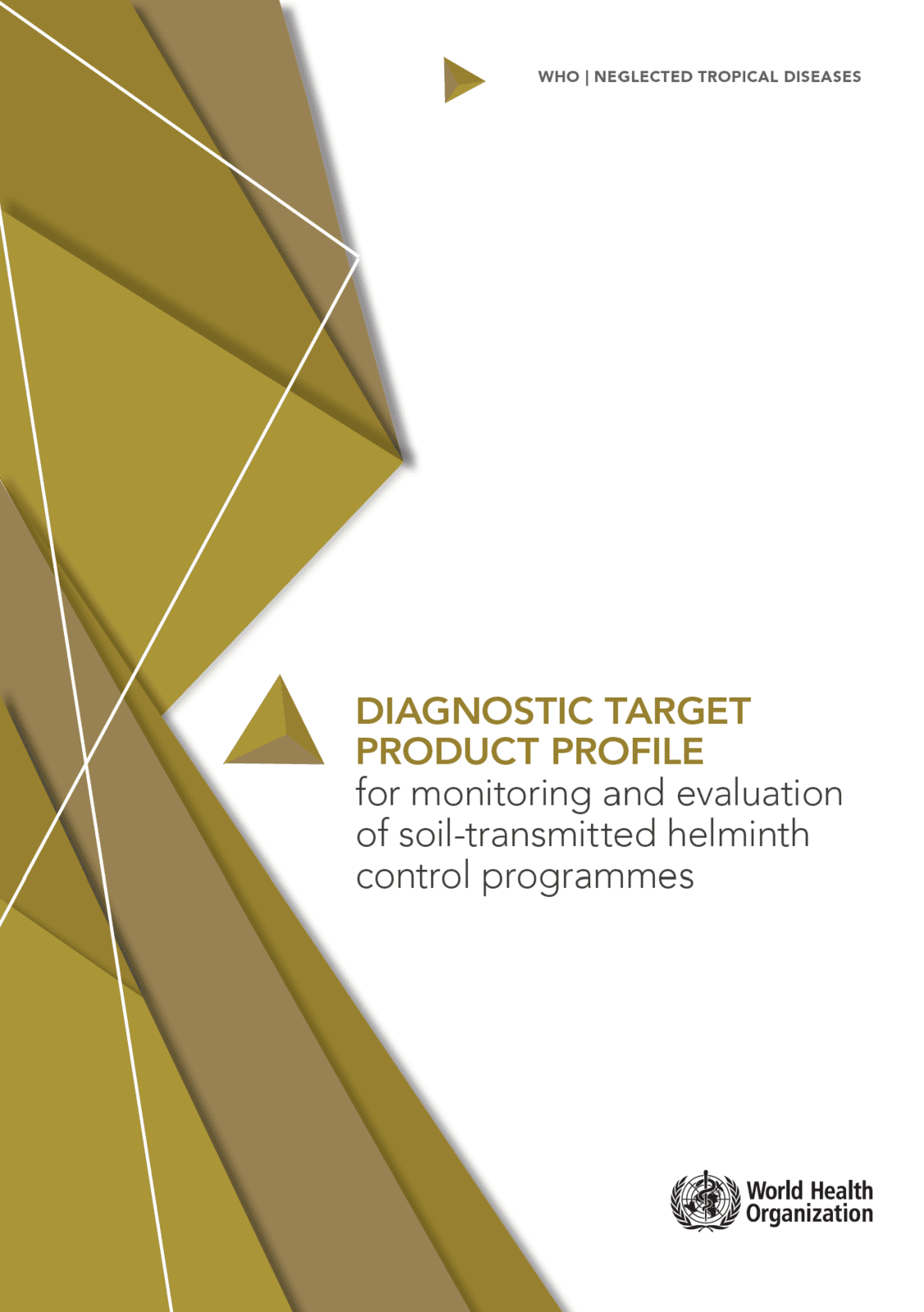
The development of an artificial intelligence-based digital pathology for neglected tropical diseases: A platform specific analysis of the World Health Organization diagnostic target product profile for soil-transmitted helminthiasis
The World Health Organization (WHO) recently published target product profiles (TPPs) for neglected tropical diseases (NTDs) to inform and accelerate the development of diagnostics tools necessary to achieve targets in the decade ahead. These TPPs describe the minimal and ideal requirements for various diagnostic needs related to NTD specific use-cases. An early step towards the manufacture and implementation of new diagnostics is to critically review the TPPs and translate these into an initial design and ultimately into user requirement specifications (URS). Artificial intelligence-based digital pathology (AI-DP) may overcome critical shortcomings of current standards for most NTDs reliant on microscopy, such as poor reproducibility and error-prone manual read-out. Furthermore, a digitalised workflow can create opportunities to reduce operational costs via increased throughput and automated data capture, analysis, and reporting. Despite these promising benefits, a critical review of the NTD TPPs with consideration to an AI-DP diagnostic solution is lacking. We present a systematic analysis of one of the WHO TPPs with the aim to inform the development of a URS for an AI-DP solution for NTDs. As a case study we focused on monitoring and evaluation (M&E) of programs designed to control soil-transmitted helminths (STHs). To this end, we start by outlining a brief overview of diagnostic needs for STHs, after which we systematically analyse the recently published WHO TPPs, highlighting the technical considerations for an AI-DP diagnostic solution to meet the minimal requirements for this TPP. Finally, we further reflect on the feasibility of an AI-DP informing STH programs towards the WHO 2030 targets in due time.
Front. Trop. Dis, 20 December 2022
Sec. Neglected Tropical Diseases
Volume 3 - 2022
Our Partners
